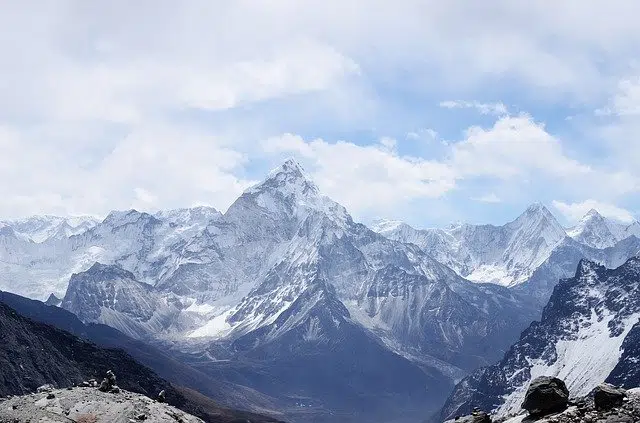
A geographical region is established by humans based on certain natural characteristics.
A geographical region is part of the set of natural regions : these are territorial areas that are delimited based on certain characteristics of nature . Physical geography is what allows the recognition of a geographic region.
This means that a geographic region is determined by features such as vegetation , hydrography and relief . In many cases, the geographical region coincides with an administrative region created by a State .
Because all regions are "created" or "recognized" by man, there are specialists who define geographic regions as the areas where certain human activities take place according to the characteristics of the territory . In this sense, a geographic region is associated with a way of life made possible by the physiognomy of the geography of the land.
Geographic region types
There are certain generic types of geographical regions, such as plains region , hill region , plateau region and mountain region , which are explained in some detail in the definition of natural region. On the other hand, the savanna , the bushes and the humid jungle can also be considered as geographical regions based on their vegetation :
* savannah : this is an ecosystem that is characterized by the presence of trees and shrubs, although the former provide really little coverage, either due to their size (they are usually small) or their low density. This gives rise to continuity in the herbaceous layer. The savannah presents a combination of features typical of grassland and forest. It is generally found in a transition between the semi-desert and the jungle, in dry tropical and subtropical zones, although it can also be found in a temperate ecosystem ;
* scrubland : it is a field that stands out for having a dominance of shrubs in its vegetation, which can also include grass, geophyte plants (vegetables that grow in the form of a rhizome, bulb, storage root or tuber under the ground ) and grasses. Other names by which the thicket is known are bush and bush . It is important to note that this type of geographic region can be created by humans and not just cataloged as such. The high probability of fire that characterizes the scrubland makes it dangerous for human settlements;
* humid jungle : also known as ombrophyllous forest, rainforest and pluvisilva , it is a type of biome that brings together jungle ecosystems with a tropical or humid subtropical climate, and is largely located in the strip between the tropics of Capricorn and Cancer. . It has a high density of trees, especially broad evergreen leaves, its climate is warm and rainy much of the year.

A plain can be constituted as a geographic region.
Delimitation established by humans
We said above that, ultimately, the delimitation of a region always depends on human beings . There is no exact natural or geographical border that allows us to differentiate between two regions. For example, a plain region may be located next to a hill region. Between the two there is a certain surface, in which the terrain begins to rise, which could be classified as flat or hilly and whose determination depends on conventional criteria.
This transition is one of the features of nature, which seems to unfold spontaneously and fluidly before us but, at the same time, finished and, depending on the point of view, perfect, impossible to reproduce. However, our approach to the planet and to life in general is characterized by the search for structures, by the imposition of limits and rules that adapt our environment to needs that have little to do with our essence, and for that reason we usually go through the world causing irreparable damage.
